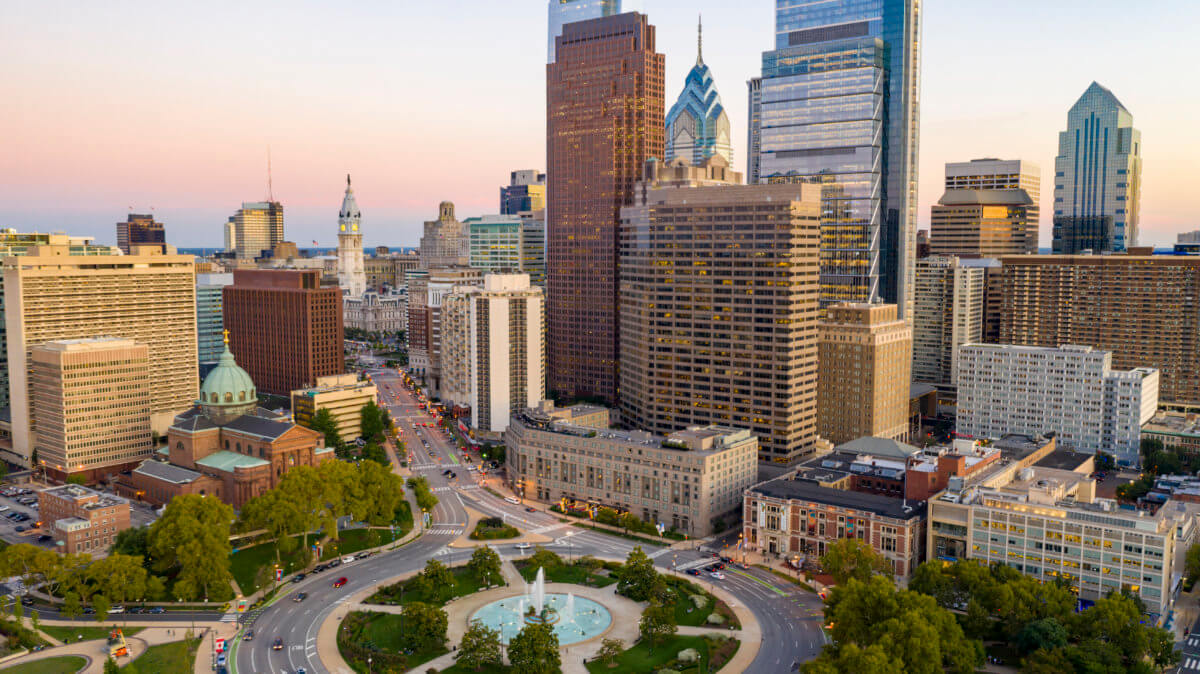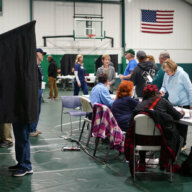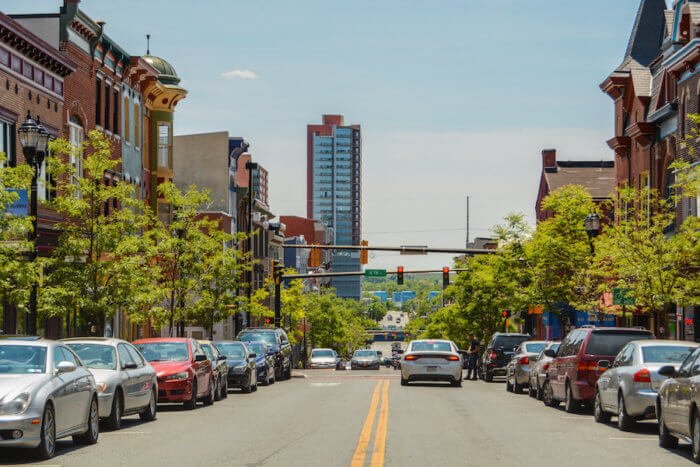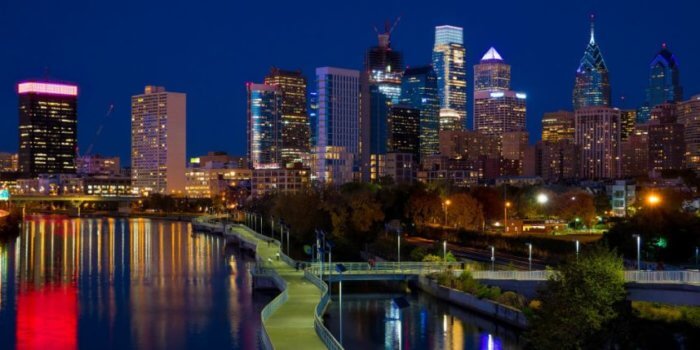A new report forecasts a “strong economic recovery” in Philadelphia by the end of the year, predicting that even a majority of office workers will return to their desks, rejuvenating Center City’s shops and restaurants.
It’s contingent on the city’s distribution of the novel coronavirus vaccine, and how quickly Philadelphia and its surrounding suburbs can inoculate a majority of their populations.
Paul Levy, who leads the Center City District, which released the report last week, said he is optimistic, despite recent blunders in the city’s roll-out and frustrations on the part of residents hoping to receive an injection.
“There are obvious setbacks and obvious things that haven’t been done that well, but they are all fixable,” Levy told Metro.
He predicts that the recovery could begin in earnest over the summer, hit its stride in September and approach pre-pandemic levels by December.
Hitting herd immunity — when an overwhelming number of people are either inoculated or have developed resistance after contracting COVID-19 — will likely be key. It’s not clear exactly what percentage of the population would need to get a shot to achieve that status.
Philadelphia had vaccinated about 138,000 residents through Thursday, the last date for which data is available. That’s just under 9% of the city’s population.
The longer it takes, the more significant of a toll it could have on Center City’s office district, Levy said.
Some companies that signed one-year lease extensions in 2020 may begin to question why they’re still paying for downtown space that isn’t being used.
In the final three months of last year, about 540,000 square feet of Center City office space went on the market, increasing the sector’s vacancy rate by 1.5%, to 15.4%, according to the CCD study.
Without a daily influx of people, Center City small businesses, particularly eateries and retail stores, have suffered.
Pedestrian traffic rose last summer and peaked in October before falling again, likely a result of increased COVID-19 infection rates, renewed restrictions and colder weather.
CCD-maintained people counters indicated foot traffic is down 75% along West Market Street and John F. Kennedy Boulevard, where many of the office towers are clustered.
Placer.ai, a company that studies pedestrian movement through cell phone data, estimated that 65% fewer workers and 62% fewer tourists were downtown in December compared to pre-pandemic numbers.
Levy said CCD and other organizations are in talks with state and local officials about developing more nuanced guidance for office work, similar to regulations governing capacity at restaurants and shops.
“Both the state and the city have total prohibition language around office work,” he said.
Leaders in Philadelphia and Pennsylvania have, to this point, maintained that companies should have employees work remotely if at all possible.
On the positive side, Levy said, office rental rates are more stable here than in New York, Boston and Washington D.C., and those cities have also had larger vacancy spikes.
Philadelphia’s sluggish economic growth in years past means the city has less to lose, and office space is more affordable.
“If you look back at the 2008 through 2010 recession, we went into it later, fell less far and rebounded (better) than almost all other cities and the national economy,” Levy said. “I think we’re going to have something similar here again.”
The housing market, bucking the general trend, has remained strong in the region.
In Philadelphia, home prices were up 19% in December from the prior year and sales increased 9%, according to the report. Permits were pulled for 3,842 new housing units in 2020, the third-highest annual number in the last 30 years.
“There doesn’t seem to be a running away from the city,” Levy added.

































